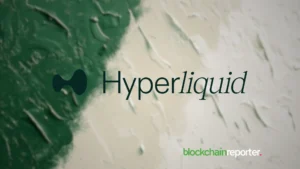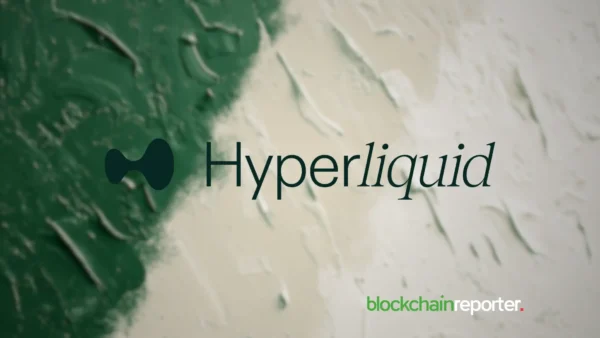
The blockchain Ethereum (ETH) has practically changed decentralized applications (dApps) and smart contracts. However, its growth constraints have become increasingly apparent with rising network congestion and high gas fees. The Layer 2 solutions have come, offering faster transactions, and also reducing the costs by authorizing or processing them off-chain and completing them on the Ethereum mainnet.
Blobstream was launched on the Ethereum mainnet and takes a crucial step by allowing permissionless Layer 2 deployments through smart contracts. As we progress further, I will take you through the potential benefits, functionalities, and implications of the Ethereum ecosystem.
Layer 2 solutions are like express lanes for blockchain transactions making them faster and more efficient. L2 operates in tandem with the the Ethereum mainnet, taking on security responsibilities and alleviating computational loads from large transactions. Some popular Layer 2 scaling solutions include Optimism, Arbitrum, and zk-Rollups.
Types of Layer 2
Blobstream interrupts the L2 landscape by introducing a permissionless framework where any individual can deploy a high throughput L2 by interacting simply with a smart contract on the Ethereum mainnet. This removes the need for complex infrastructure setup. A summarized and simplified breakdown of how Blobstream achieves permissionless Layer 2 deployments such as initiating smart contract deployment on *ETH* mainnet specifying the desired parameters of their L2 such as fess and governance mechanisms.
Validators look out for new Layer 2 deployments and choose which to participate in. In addition, users interact with the deployed L2 smart contract to submit transactions. But in an attempt to submit invalid transactions, other validators submit fraud proofs to the mainnet bringing to its notice a fraudulent activity or action, and then the mainnet steps to resolve the issue and validate the invalid transaction.
Benefits of Blobstream
Blobstream’s framework offers several potential perks for the Ethereum ecosystem which includes its ability to expand the overall capacity of the Ethereum network, eliminate congestion, and reduce gas fees. Simplifying L2 deployment allows developers to focus on constructing innovative dApps without getting trapped in complex infrastructure management.
The low barrier encountered boosts the confidence of innovators to experiment with different L2 functionalities and designs, fostering innovations. To sum up, while Blobstream presents a promising approach to L2 scaling, it is of necessity that we consider the technical aspects of ongoing developments. Such technical areas include the security of Blobstream, data availability, interoperability, etc. With these considerations, taken care of, it automatically paves the way for a more scalable, accessible, and innovative Ethereum ecosystem.









